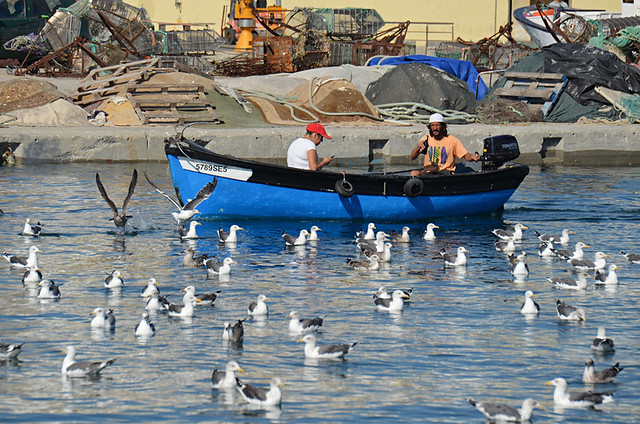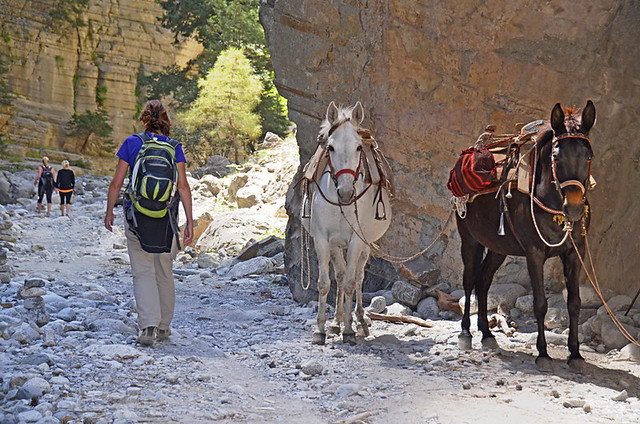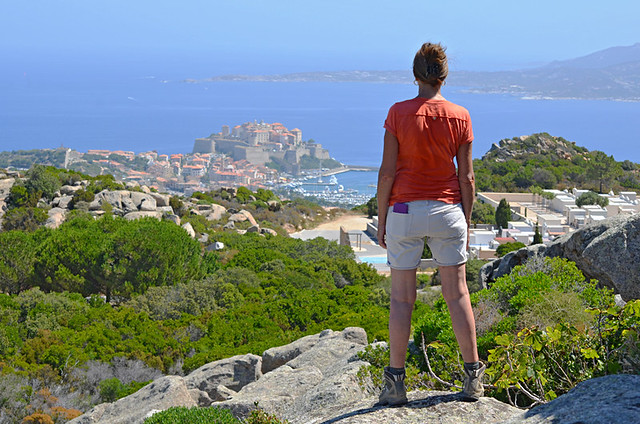Recently I was asked how we put together new walking routes in a destination for Slow Travel specialists Inntravel. The person interested wondered if a lot of time was spent following trails to nowhere before we finally found one that worked.

Thankfully it isn’t like that. With the amount of tools available now most of the preparation takes place in the planning stages before we set foot on the ground to map out routes. Sometimes that planning can take years in order to get it just right.
That doesn’t mean things always go smoothly. Conventional paper maps, online technology, or even expert local advice are not always 100% accurate. Improvisation is often required at some point. It can be seat of the pants stuff, but that’s part of what makes the work enjoyably challenging.
But what’s this got to do with Slow Travel photography?

Photographs are part of the packages we help put together. When preparing to visit a Slow Travel destination I research scenic highlights, food, culture, towns, quirks and so on, then compile a wish list of what I want to photograph to capture the feel of a specific area. However, although we’re creating Slow Travel experiences, the photography element isn’t slow and often lies in the hands of Lady Luck.
There’s no being able to sit around waiting for the right light, stage the perfect shot, or trying out various positions to photo colourful local characters. Mostly photographs are collected on the hoof, which can be exhilarating and challenging or hellishly frustrating.

Weather
There’s not a lot you can do when the world is grey and you’re aiming for WOW images which will capture people’s attention. We’ve been fortunate with the weather; although, it hasn’t all been plain sailing. In Bavaria our first few days were spent under leaden skies. It was four dreich days before the weather brightened, by which time I was getting seriously cranky. Mostly there’s no time to go back and take photos of places we pass on the trail. Normally when the weather is poor I’ll concentrate on close ups of subjects where having a countryside awash with vibrant colours is less important.
Recently I had just over 24 hours to grab some images for one specific location. I woke to a dense sea mist which refused to budge. Luckily there had been bright blue skies the previous afternoon. One thing I’ve learned is to make a lot of hay whilst that sun is shining.

Walking and shooting
As our main remit is to put together walking routes, photography tends to be a part of a series of tasks which involve mapping out routes, recording tracks and taking copious amounts of directional notes. Scenery comes and goes rapidly, so it means constantly scanning the surrounding countryside looking for an interesting shot I can capture quickly. It’s lucky dip photography. You need to be in the right place at the right time to get a stand out image. I also like to get other people in the shot for either perspective or to illustrate the ‘hiking’ element.

Many routes are customised, pieced together for a specific purpose. On the upside that makes them unique, on the downside it means fewer other people (also an upside if you’re a walker seeking crowd-free paths). Subsequently, in the absence of alternative humans, Andy’s rear view appears on lots of photos. As a friend put it ‘she’s got the most photographed backside in Christendom’. When there’s no time for staging photos, mountain paths which curve in and out of narrow ravines are ideal for getting ‘distance’ shots which include a walker (aka Andy).

Time of day
Usually we start walking early morning which means the light is photographer friendly for scenery shots. A recent trip to Minho in Portugal was especially frustrating as the logistics involved meant, for one reason or another, we were generally in a car or a taxi during the morning. Mostly we didn’t hit the trail until the worst time of day for photography. The weather was generally good, but the afternoon light was often harsh and the shadows were as black as the Earl of Hell’s waistcoat (Scottish saying). A whole range of other factors conspired to rob us of early mornings and late afternoon/early evening light on that trip.

Tales of the unexpected
Unexpected can be good. Some of the quirkiest shots I’ve taken have been as a result of stumbling across something, or something stumbling across us. However, the unexpected can also be a negative. Our visit to Ponte de Lima in Portugal had been timed so their biggest fiesta of the year was over. Fiestas are wonderful subjects for flamboyant unusual images, but they completely distort the appearance of a place. The fiesta was over but the decorations and an accompanying fairground remained. They totally ruined what should have been one of the standout out scenes of the whole area – a pretty as a postcard town beside a river. Sometimes you just have to accept defeat.

Food
As far as food photography goes, conditions on the road mostly aren’t ideal. Daylight meals invariably involve a cheese and ham/queso y jamon/käse und schinken sandwich, subsequently there’s usually not a lot of scope for naturally lit, interesting food photos. Most have to be taken after dark, often in small restaurants with intimate lighting (i.e. dim) and other diners smirking as I photograph everything from flavoured butters to post-meal shots of local hooch. Andy picked up a great tip from a fellow travel writer who used a car bonnet torch to illuminate food. In situations where there’s no chance of ‘preparing’ food shots the torch on a phone helps boost the quality at least a bit.

Fast photography and Slow Travel might not seem a compatible partnership. But from my perspective there are two aspects to it I particularly like. The constant challenges it poses keeps things edgy, encouraging me to continually try different things with the camera.

Most importantly, it’s real. What people see in brochures is exactly what they’ll get.
Jack is co-editor, writer and photographer for BuzzTrips and the Real Tenerife series of travel websites as well as a contributor to online travel sites and travel magazines. Follow Jack on Google+




Be the first to comment